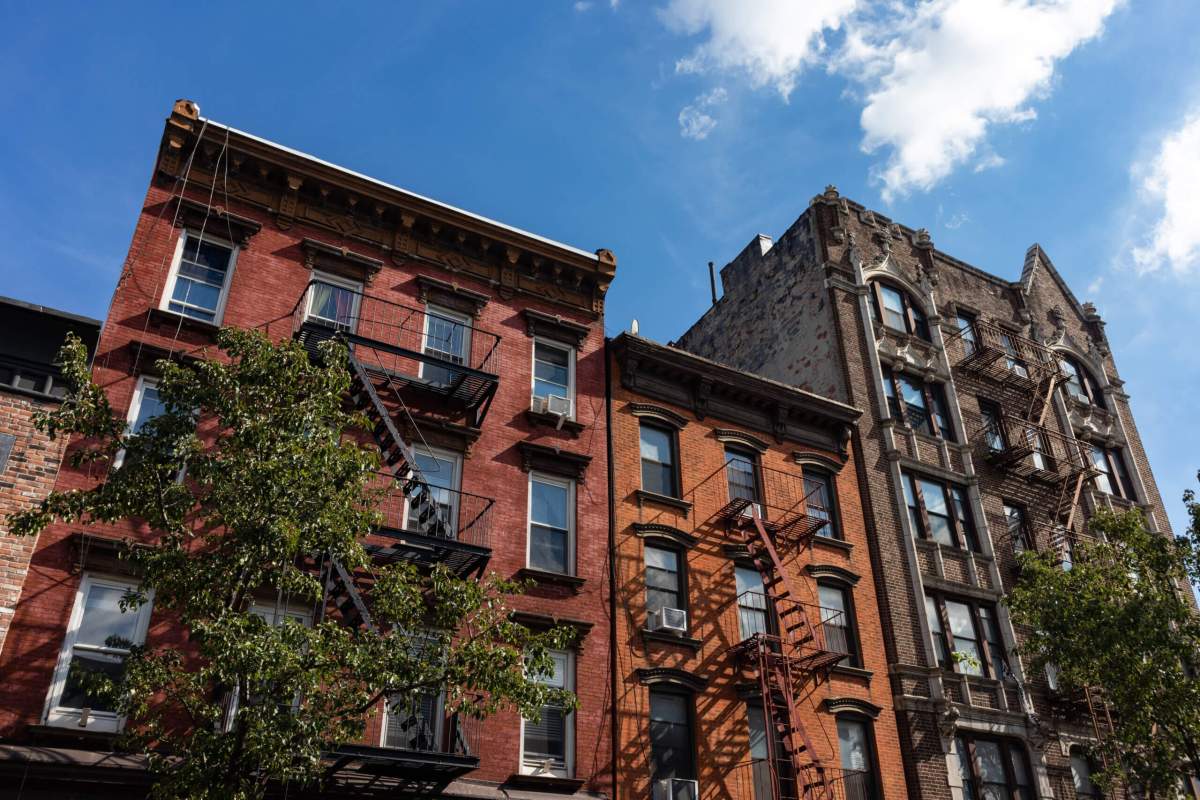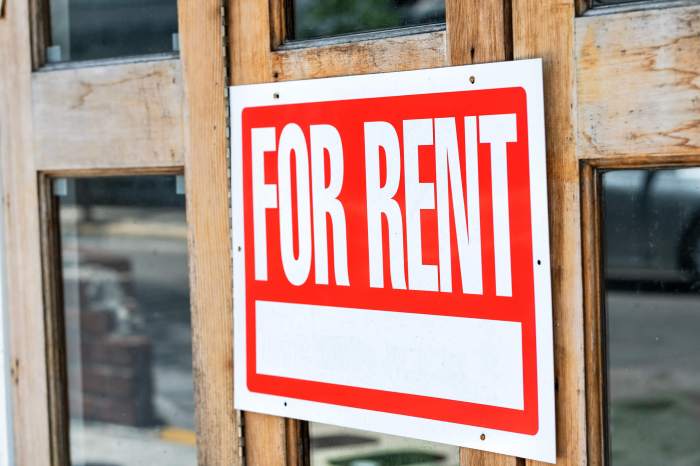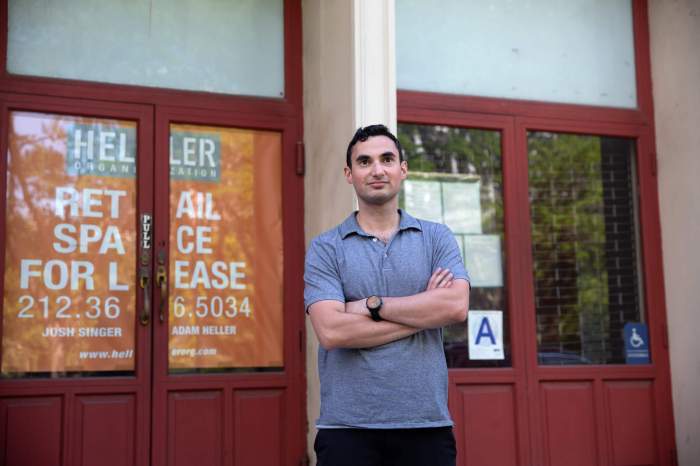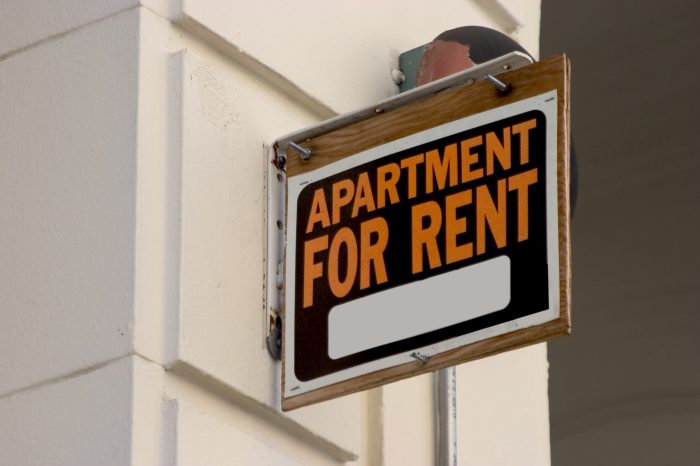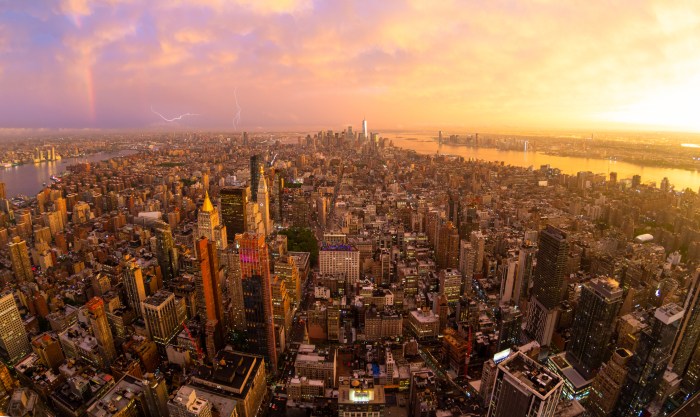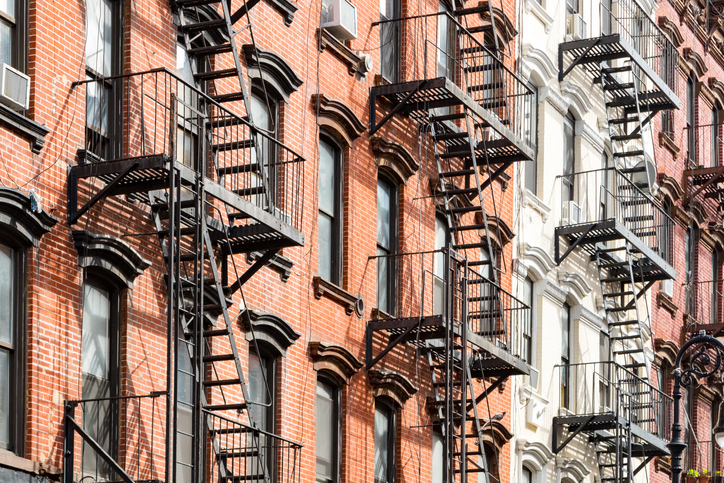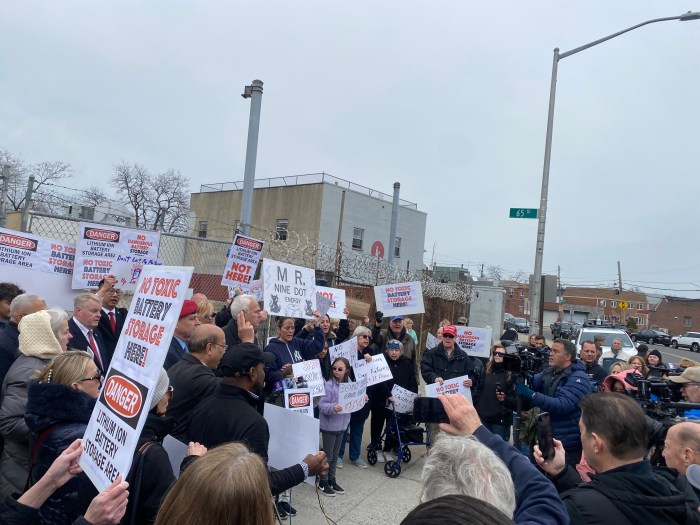New York City faces a dire lack of affordable housing. Estimates vary, but the city is believed to need at least 500,000 new apartments to keep pace with population growth. Without new affordable apartments, increasing demand for housing will continue to cause rents to skyrocket.
Over the last few years, this problem has been getting worse as 30,000 rent-stabilized apartments have become vacant, with at least another 100,000 projected to be at risk of becoming vacant over the next few years. Rent-stabilized apartments provide a crucial source of housing for New Yorkers who otherwise could not afford to live in the city, making the loss of these apartments particularly concerning.
These apartments are often empty because owners are not able to recoup renovation costs on vacant rent-stabilize apartments, meaning that owners have no means of paying architects, tradespeople, and contractors the hundreds of thousands or more dollars of work it costs to make these units habitable.
Tenants have often lived in these apartments for decades, so the work required is incredibly intrusive and expensive. Many units require lead abatement, asbestos abatement, mold remediation, upgrading electrical wiring, replacing subfloors, upgrading HVAC systems, and refinishing bathrooms and kitchens. Each of these can cost at least a few thousand dollars, causing renovation costs to skyrocket.
In recent years, New York City has passed a number of laws mandating sustainability in buildings in line with the city’s climate goals, such as Local Law 97. The problem for owners of these vacant units is they are unable to recoup the costs to make the units comply with the guidelines laid out in Local Law 97, which makes it harder for the city to reach their overall climate goals. These renovations can include replacing windows, insulating pipes, and electrifying power.
With tens of thousands of vacant units requiring expensive renovation, we are dealing with a multi-billion-dollar problem to make currently vacant apartments habitable; a problem which is set to grow tremendously as more and more apartments are at risk of becoming vacant.
Fortunately, a bill has been introduced in the New York State Legislature that would address this growing crisis head on. Senator Leroy Comrie and Assemblyman Kenny Burgos are advocating for the Local Regulated Housing Restoration Adjustment, which would allow owners to recoup the costs of renovating vacant units. They understand that we cannot allow one more unit of affordable housing to be lost. Wisely, they also acknowledge that there is not enough public funding to address the scale of this problem.
As an architect, I have seen firsthand how deferred maintenance of affordable housing causes renovation costs to grow out of control. We only need to look to the New York City Housing Authority (NYCHA), New York’s public housing agency, where years of disinvestment means the agency is in need of at least $40 billion to keep its units habitable. We cannot continue to repeat these mistakes or else New York will become unaffordable and unhabitable for all but the most privileged.
Indeed, making affordable housing more abundant and better quality is why I became an architect in the first place. There is perhaps nothing more impactful I can do as an architect than create homes for those who need them the most.
This bill needs to pass in Albany so that we can stop the loss of desperately needed affordable housing. Rent-stabilized apartments provide homes for millions of New Yorkers, and we cannot afford to lose these valuable housing units.
Matthew Bremer is the President of the American Institute of Architects New York, and Founder of Architecture in Formation



